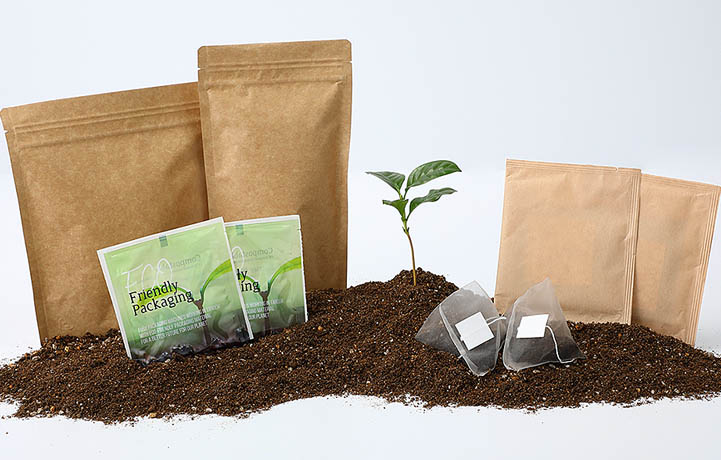In today's eco-conscious world, terms like "biodegradable" and "compostable" are often used interchangeably, but understanding the difference is crucial for making informed choices. While both materials are touted as environmentally friendly, they break down in very distinct ways under specific conditions. This distinction can significantly impact their environmental benefits, from reducing landfill waste to enriching the soil.
So, what exactly sets biodegradable and compostable materials apart? Let's explore the nuances behind these green labels and why it matters for our planet.
• Biodegradable
Biodegradable materials refer to the material that can be metabolized into natural substances (water, methane) in soil or water by microorganisms with the use of biodecomposition technology. This is a naturally occurring process that does not require external intervention. It usually includes home compostale and industial compostable.
• Compostable
Compostable materials are fertilizers that are naturally broken down over time by microorganisms (including fungi, bacteria, animal proteins and other organisms) into carbon dioxide, water and humus, which are nutritious and used for agricultural purposes.
There are currently two types of compostable materials - Industrial Composting & Home Composting.
• Difference
·Degradation process:
Biodegradation occurs under natural conditions.
Composting occurs in composting facilities.
·Degradation duration(Under normal circumstances):
Biodegradation duration: uncertain
| Items | Biodegradation duration |
| Vegetables | 5 days~1 month |
| Paper towels, paper bags, newspapers | 1 month |
| T-shirts and cotton | 6 months |
| Light wool clothing | 1 year |
| Plastic bag | 20 years |
| Car tires, sports shoes, foam paper cups, leather products | 50 years |
| Plastic bottle (PET) | 500 years |
| Glass jars and glass bottles | 1~2 million years |
Composting duration:
Industrial composting 180 days and home composting 360 days
·Common product:
Biodegradable products: Paper, bamboo basket, straw hat, and biodegradable material like PLA, Cellophane, Cellulose, Sugarcane pulp products
Compostable products: Garden waste, Plant-based food residues, agricultural waste, such as Leaves, branches, peels, eggshells, stalks, bagasse.
TIPS
The choice between biodegradable and compostable materials depends on your specific needs and the conditions you can provide for their breakdown.
If you have access to a composting facility or can compost at home, compostable materials are a great option. However, if composting isn’t feasible, biodegradable products that break down in a broader range of environments may be more suitable.
For more information or if you have any questions, feel free to contact us. YITO, an eco-friendly packaging company specializing in sustainable material solutions tailored to your needs.
Post time: Aug-28-2024




